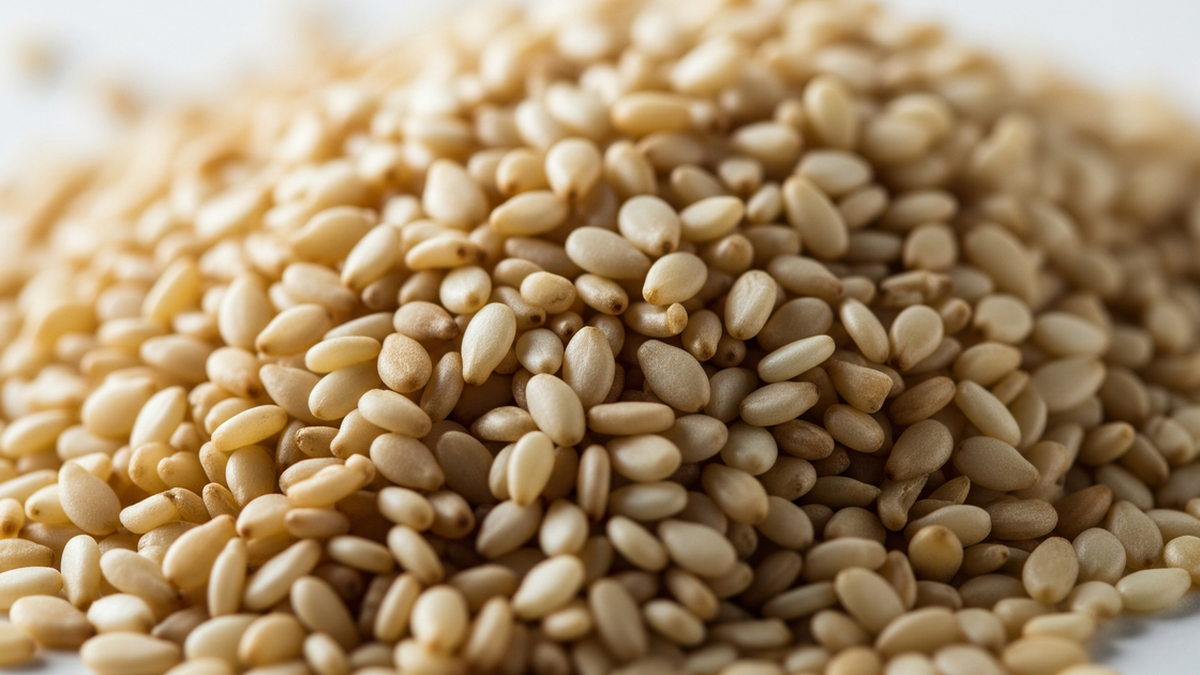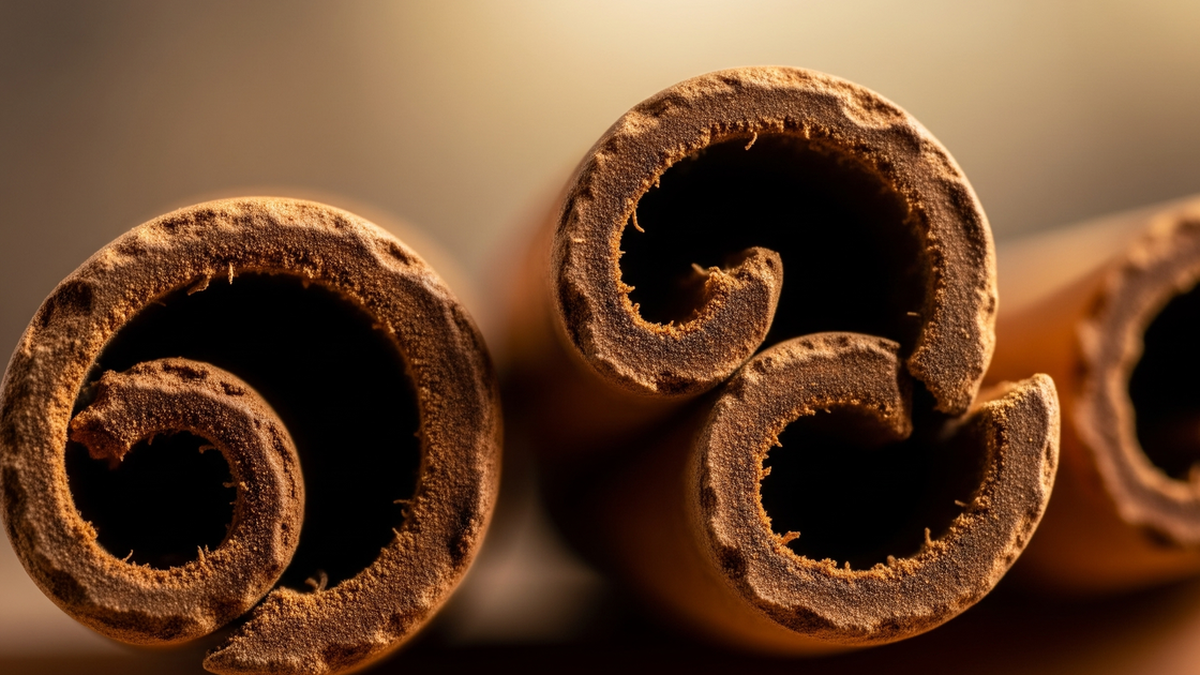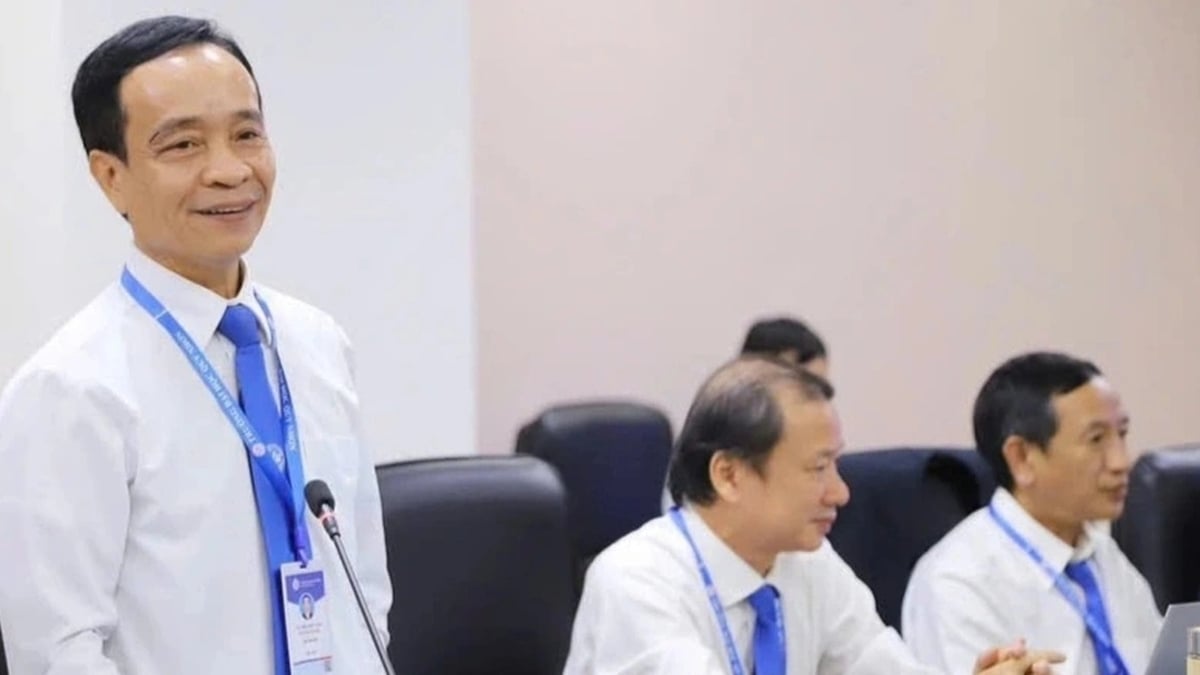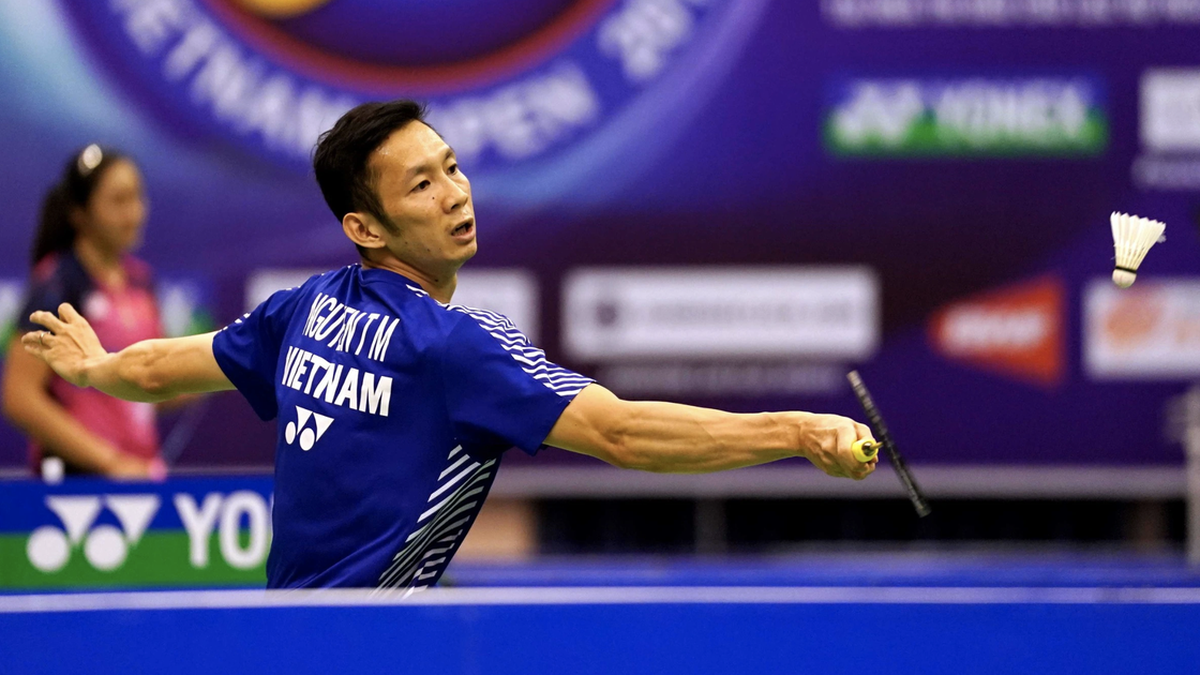“A Dao: A Study of History and Musical System” is the lifelong research work of traditional music researcher Bui Trong Hien. Having spent many years traveling, taking notes, recording… from senior artists, researcher Bui Trong Hien’s greatest wish is to be able to produce a set of “textbooks” on Ca Tru, its styles, singing styles, musical rules… that are truly standard, so that those in the profession can use it as a standard.

And “A Dao: A study of the history and musical system” is the result of many years of working with Ca Tru by the researcher. The book is published by Omega Plus, with 6 parts of content and 1 appendix including 14 pages of 20th century photos of female and male singers.
“A Dao - A study of history and musical system” not only goes back in history to see how our ancestors knew how to commercialize a pinnacle of musical art, but also provides specific information about the musical system of Ca Tru art.
The book includes 7 parts: Part 1: Cultural space - social functions and forms of expression of A Dao art: Bringing a more comprehensive view of this more than a thousand-year-old music genre. Part 2: Rhythm and Instrument: Clarifying the rules in the music that have long been considered secret in the profession. All issues raised are illustrated with detailed musical notation examples. Part 3: Ao Dao music melodies: With a new approach, the Ao Dao music melodies system has been defined from a musical science perspective. From there, it is determined how many types of melodies there are in the genre, and how the melodies are structured in accordance with the Ao Dao music system. This is one of the new and important discoveries of the project. Part 4: Form - structure of the song: Through this part, the new generation of singers can completely approach and identify the song easily and scientifically as well as understand more about their roles and functions in A Dao music. Part 5: The art of Chau drum: Based on the teachings of artisan Nguyen Phu De, combined with teaching documents on Chau drum published from the beginning of the 20th century and the bases in the documents, has comprehensively summarized and detailed the principles of playing Chau drum of the A Dao officials. Part 6: The Co Dau Theatre - A historical and cultural perspective: Providing a different perspective on the Co Dau Theatre, a more humane perspective on the generation of Ao Dao artists - they have become a part of the nation's cultural history. Part 7: Photo Appendix |
On October 1, 2009, UNESCO officially listed Vietnam's Ca Tru art on the List of Intangible Cultural Heritage in Need of Urgent Safeguarding. Before that moment, in the musical life, few people knew that in the treasure trove of traditional national music, there existed an art form called Ca Tru. Few people also knew that it was originally called A Dao, Co Dau, Hat Ca Cong, Hat Nha To... And in the prestigious royal palaces of the past, it was called Hat Cua Quyen.

Going back in history to the first half of the 20th century, Ao Dao was a professional ancient music genre at a high technical level with the most complex musical system, covering all regions from the North to Thanh Hoa, Nghe An, Ha Tinh . By the second half of the 20th century, when history turned a page, this thousand-year-old art form had ended. In all regions, Ao Dao guilds were disbanded, Co Dau theaters in the cities were forced to close, the actors and actresses became anonymous, gradually disappearing in the sunset. And, Ao Dao completely disappeared from social life.
Many years later, when ca tru was recognized as a World Cultural Heritage, looking back, people realized that much of that precious heritage had been lost. Some of the artists had retired, some had given up their profession, some had returned to their grandparents, and most of the remaining artists were old and weak, near death. The ca tru heritage gradually followed the elders back to their ancestors.
Among the last old artists of this genre, there is still a widespread complaint that most of the young actors and actresses who sing Ca Tru today "play without beats, not according to the framework". There are even famous actresses who still play the beats incorrectly. This leads to the fact that if the professional artists are right, the current state of Ca Tru for the next generation is truly alarming. That is, the young successors have been playing and singing completely wrong compared to the standards of Ca Tru in the tradition. So what is the classical standard of Ca Tru? Is there any way to solve this problem?
That has motivated researcher Bui Trong Hien to search, collect and spend time rewriting and recording all the knowledge about music rules, lute beats, and clappers... in the treasure trove of Vietnamese Ca Tru over the past century. For many years, he has searched, collected, asked for or borrowed tapes and discs about Ca Tru from the 20th century, from the clapper knowledge of artisans Quach Thi Ho, Chu Thi Nam, and Dao Mong Hoan in Kham Thien from the 20s and 30s..., to artisans such as Nguyen Thi Chuc, Nguyen Phu De... During those years, he meticulously listened to, saved and digitized bit by bit the documents and cassette tapes from 1959, 1976, 1979 of the family of Dinh Khac Ban, of researcher Dang Hoanh Loan. At that time, every half an A4 page, he brought all the questions and concerns back to Hai Duong to meet artisan Nguyen Phu De to ask. Just like that, he gathered in his hands a precious treasure of his ancestors about ca tru.

In 2014, researcher Bui Trong Hien, in collaboration with the Vietnam Institute of Culture and Arts, recorded everything that could be deciphered and converted it into a systematic musical system, which can be considered a “textbook” system of Ca Tru. The Phu Thi A Dao group, with members including singers Thuy Linh, Kim Ngoc, zither player Dinh Hoang, and drum player Minh Ve, who are young researchers, music lecturers, and even amateurs (painters) who love this traditional art form, were chosen by Bui Trong Hien to carry out a systematic teaching method through a complete musical system.
In 2017, for the first time, researcher Bui Trong Hien "introduced" Hat cua dinh, a type of ca tru that was thought to have been lost, with a standard musical system.
“Á Đào: A Study of History and Musical System” is the result of that process, with research delving into the historical aspects, cultural space and musical system of this traditional art form.
Researcher Bui Trong Hien is a former lecturer of basic music theory and traditional Vietnamese music at the Vietnam National Academy of Music. From 1996 to present, he has been working at the Vietnam National Institute of Culture and Arts. Music researcher Bui Trong Hien is a person who has made many contributions to the restoration and in-depth research of Vietnamese traditional music. In his journey of researching and exploring the mysterious corners of the history of national music, he has made significant contributions, especially to A Dao and Central Highlands Gongs - both of which have been recognized by UNESCO as intangible cultural heritage of the world. In addition to "A Dao: A study of history and musical system", author Bui Trong Hien has also published a monograph "Central Highlands Gong Music". |
Source




















































![[Maritime News] More than 80% of global container shipping capacity is in the hands of MSC and major shipping alliances](https://vphoto.vietnam.vn/thumb/402x226/vietnam/resource/IMAGE/2025/7/16/6b4d586c984b4cbf8c5680352b9eaeb0)












































Comment (0)